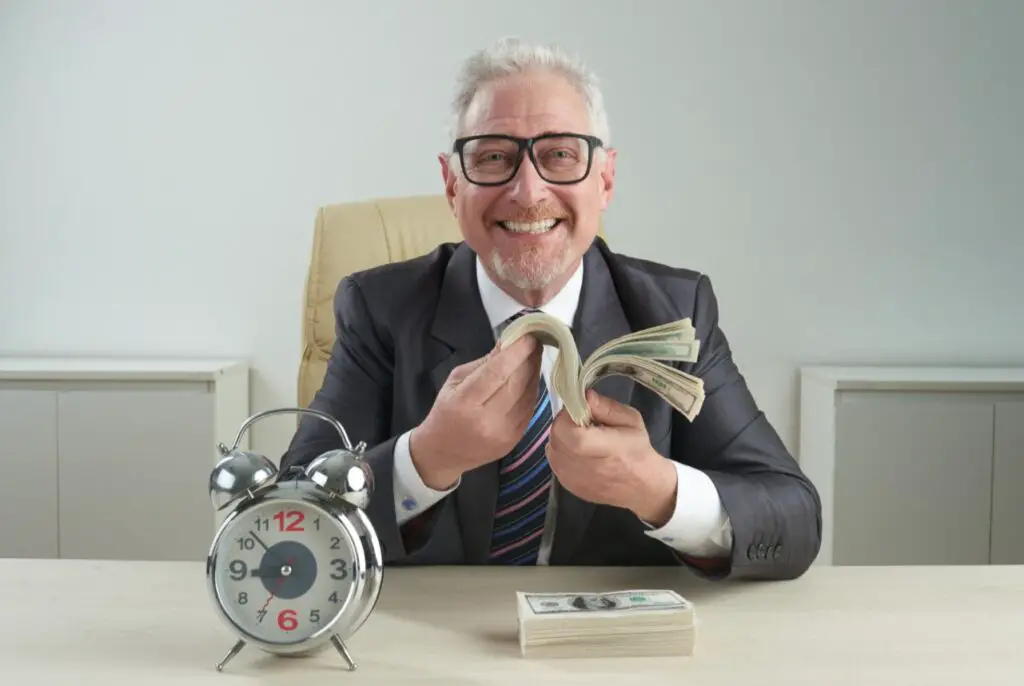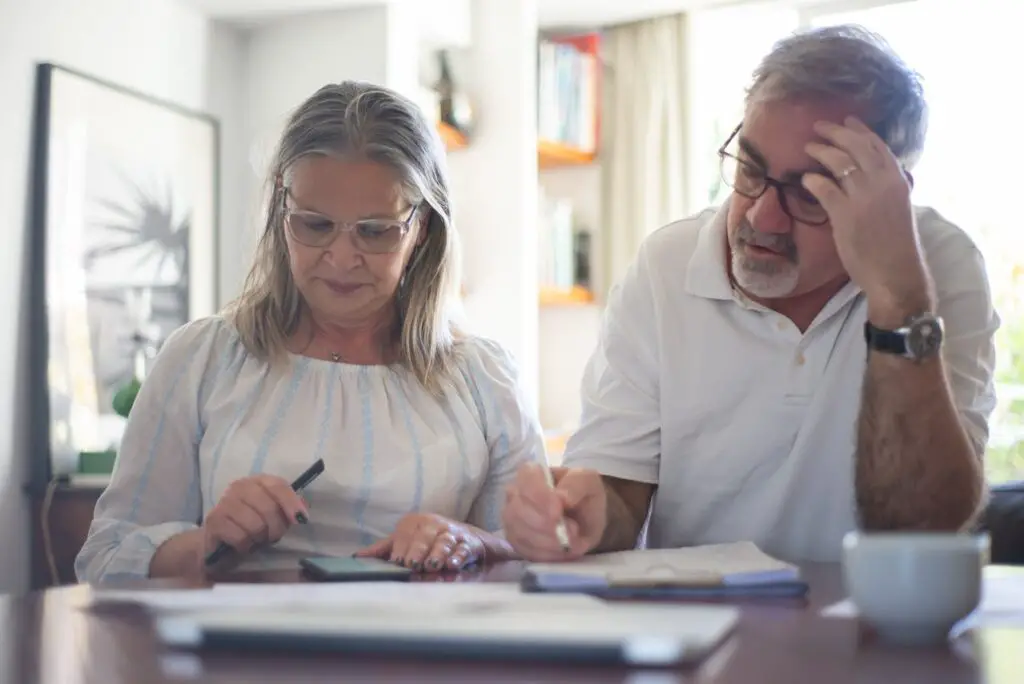Debt-Free and Stress-Free: 7 Financial Lessons from Baby Boomers Who Beat Debt for Good

If debt has ever kept you up at night, you’re not alone. For many Baby Boomers, debt wasn’t just a number on a statement—it was a constant weight, a little voice in the back of the mind that whispered, “Will I ever be free of this?” But here’s the encouraging truth: countless Boomers have faced that same question and found their way to the other side.
These are people who’ve lived through recessions, high interest rates, job changes, and market crashes—and still managed to dig themselves out of debt for good. Along the way, they learned smart, realistic strategies that work in real life (no gimmicks, no get-rich-quick schemes).
The following seven lessons come straight from their playbook. They’re practical, doable, and proven to help you cut debt, build security, and finally breathe a little easier about money—no matter where you are in your financial journey.
1. Pay Off Debt with Momentum: The Debt Snowball Method

Paying off debt can feel like trying to eat an elephant—you don’t know where to start. Debt-free Boomers figured out the trick: start small, win fast, and let the victories pile up. The debt snowball method works like this—pay off your smallest debt first, while making minimum payments on the others. When that one is gone, roll its payment into the next debt. With each win, you feel a burst of motivation that keeps you going. It’s not just about numbers—it’s about the rush of finally crossing something off your list and thinking, “I can actually do this.”
2. Rainy-Day Ready: Build an Emergency Fund

If life has taught Boomers anything, it’s that surprises are inevitable—and not always the good kind. A busted water heater, an unexpected medical bill, or even a job loss can derail your finances fast if you are not prepared. That’s why so many debt-free Boomers swear by having an emergency fund. Even if it starts small—like setting aside $25 or $50 a month—it grows into a cushion that keeps you from falling back into debt when life throws a curveball. Think of it as your personal financial umbrella: you hope you won’t need it, but you’ll be awfully glad it’s there when it rains.
3. Stick with Investments—Don’t React to Market Turbulence

Remember the 2008 crash? A lot of people panicked and pulled their money out—only to regret it later. Many Boomers who stayed invested, even when it felt scary, came out ahead in the long run. One retiree told me she just refused to look at her account for months, reminding herself that she had a long-term plan in place. Sure enough, her portfolio bounced back and kept growing. The moral of the story? Don’t let fear make your financial decisions. Patience and a steady hand often beat quick, emotional reactions.
4. Trim When It Counts: Frugality and Cost-Cutting Win

Being frugal doesn’t mean never having fun—it means being smart about where your money goes. Debt-free Boomers are pros at cutting costs without cutting joy. That might mean cooking more at home, canceling streaming services you barely watch, or learning how to groom your own dog (bonus: your pet will probably prefer it). Some went big by downsizing their homes, trading extra space they didn’t need for extra breathing room in their budgets. Every dollar they saved was a dollar that could go toward paying off debt or building savings.
5. Aim to Be Mortgage-Free by Retirement

Imagine retiring without a mortgage payment hanging over your head. That’s the dream—and many Boomers made it happen. They chipped away at their mortgages with extra principal payments, refinanced into shorter terms, or moved into smaller, more affordable homes. Without a mortgage, their monthly expenses dropped dramatically, freeing up money for travel, hobbies, or simply sleeping better at night. For them, being mortgage-free wasn’t just a financial goal—it was a lifestyle upgrade.
6. Use Tools That Match Your Style: Snowball, Avalanche, or Whatever Works

Not every strategy works for everyone. Some Boomers loved the debt snowball method because it gave them quick wins. Others preferred the debt avalanche method—tackling high-interest debts first to save the most money over time. And a few combined both approaches into a hybrid plan that fit their needs. The key is to find a system that you’ll actually stick with. As one Boomer put it, “The best plan is the one you can keep doing without giving up halfway.”
7. Plan Ahead for Longevity: Health, Estate, and Peace of Mind

Getting debt-free is an incredible achievement—but it’s only part of the bigger picture. Many Boomers learned to plan for the financial realities of living longer, including rising health care costs and possible long-term care needs. Estate planning is part of the puzzle too—updating wills, setting up powers of attorney, and making sure loved ones know your wishes. It’s not just about protecting your money; it’s about protecting your peace of mind and making life easier for your family down the road.
Final Thoughts

If you are staring down debt and wondering if you’ll ever be free, take heart—countless Boomers have been in your shoes and made it out the other side. The secret wasn’t luck. It was taking one step at a time, making intentional choices, and refusing to give up, even when progress felt slow.
Your path to financial freedom might start small—making your first extra payment on a credit card, setting up your emergency fund, or finally calling the mortgage company to ask about payoff options. But every step forward brings you closer to the life you want: one where the bills don’t keep you up at night and your money works for you, not the other way around.
Debt-free living is not just about having more money—it is about having more freedom, more choices, and more peace. And that, my friend, is worth every step of the journey.
Leave a Reply